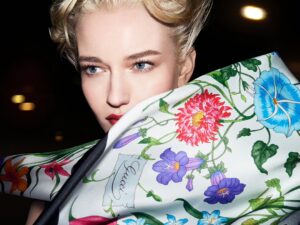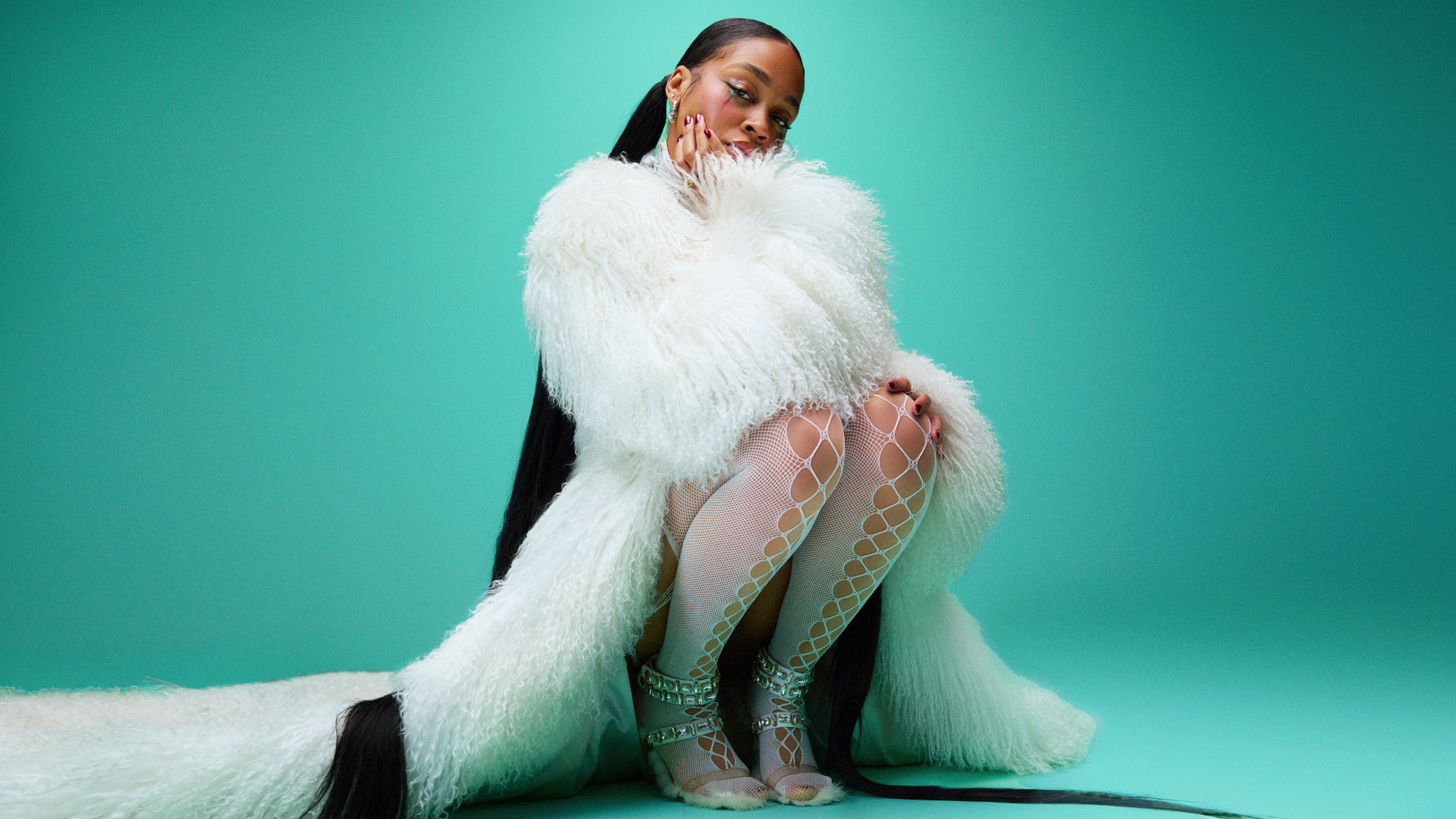According to the dictionary: masculinity is the set of behaviours considered characteristic of a male individual but also designates a privilege by virtue of which in succession, the males are preferred to the woman in Western culture; masculinity is synonymous with virility. The term masculinity is literally the reflection of patriarchy based on gender symmetry, leaning toward the male gender as being most beneficial. This is a gender distribution of roles which results in an imbalance of power. Changes surround the male’s ideal image and his place in society is considered anthropological because of the impact of this phenomenon on millennial traditions and uses.
In the current-day global context, masculinity is changing rapidly, being shown in new angles and lights. Under the effect of this awareness emerges a different, softer, more experimental and playful masculinity that is no where near monolithic and suffocating, but rather exploratory and playful. It must be taken into account that the very notion of masculinity fluctuates, changing throughout and with history. In ancient Greece, the virile natural attributes of the male body were placed on a pedestal until the Renaissance, when wigs, makeup, and heels appeared on the scene and were the prime of masculinity. Now, the last century has marked a turning point in the evolution of virility, in particular through the two world wars which will put the figure of the heroic man on a pedestal, but also allows in parallel, the emancipation of women.



